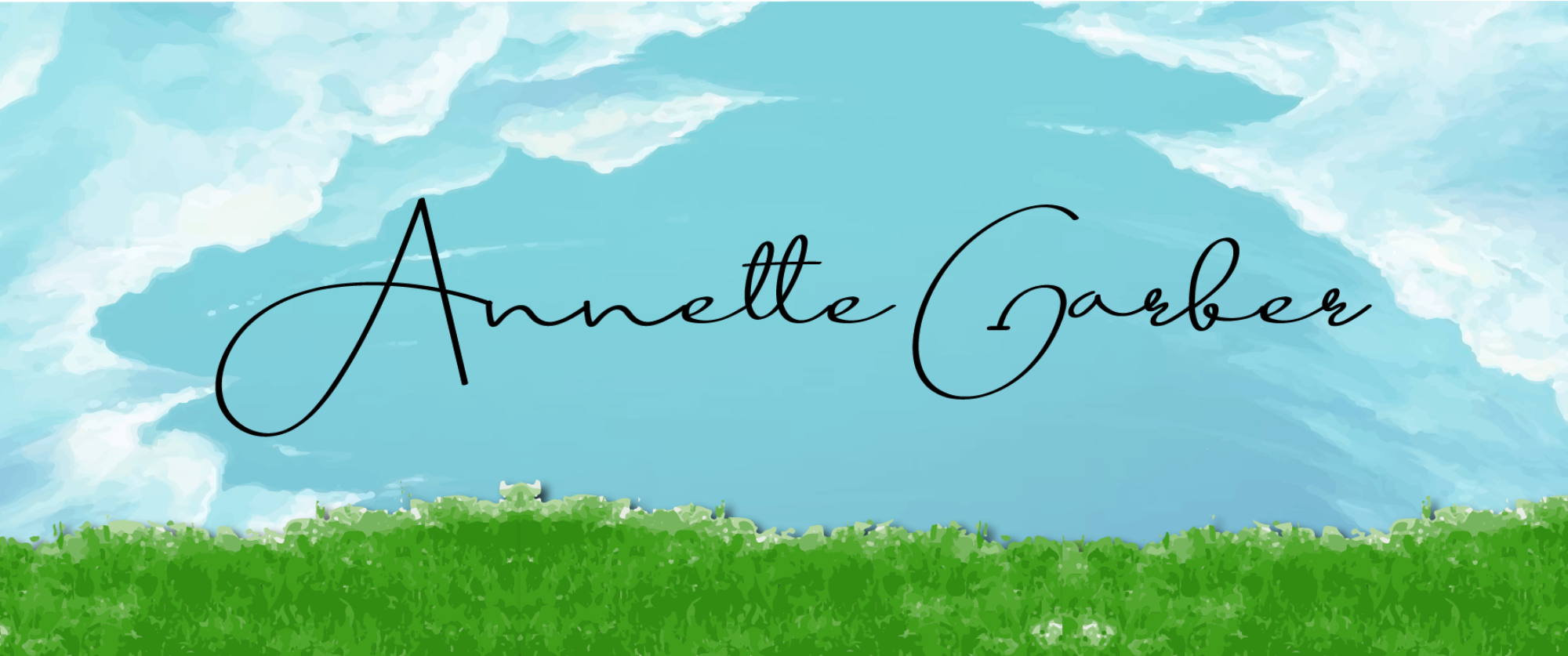Last Saturday, nine of us gathered here at the farmette to practice what we call “ora et labora.” Ora et Labora is Latin for “prayer and work,” and is a Benedictine monastic practice, that marries contemplation and action. The day began with some reflection and a chant, and we then moved outdoors to begin our practice, while constructing a dry-stack stone wall behind the old corn crib. But we did not construct just any old dry-stack stone wall. We are calling this “the wailing wall.”
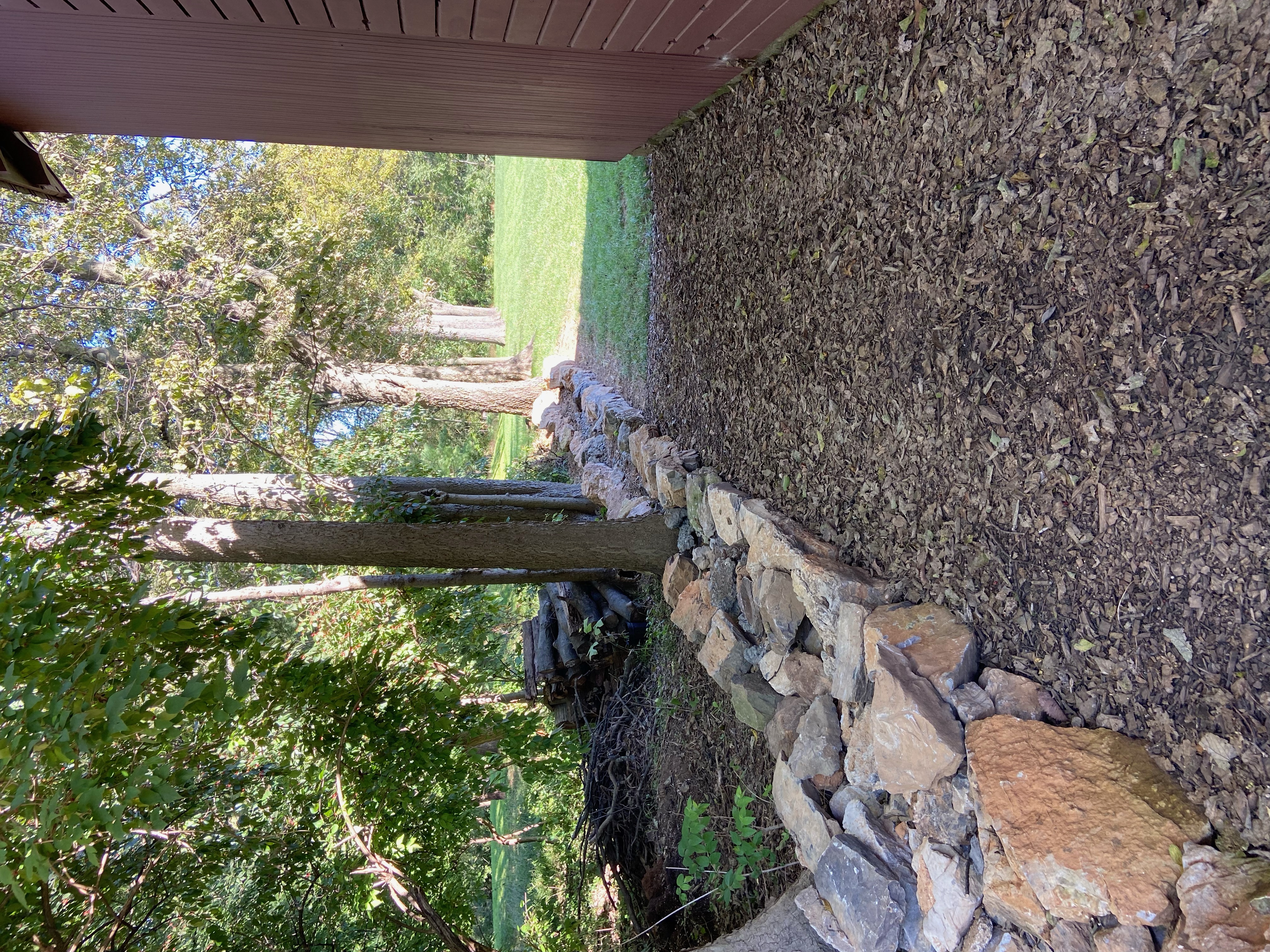
In Sue Monk Kidd’s The Secret Life of Bees, May Boatwright is the highly sensitive sister of June and August Boatwright. May is what you would call an “empath;” she has the ability to feel the pain of another in her own body. Whenever May learns of a tragedy affecting someone in her community, May is overcome with grief and goes to the “wailing wall,” a stone structure behind their house to weep and wail. At the wall, May leaves her tears and also small slips of paper, containing the names of the people for whom she is grieving. May Boatwright engages in what I think many are missing in our society: rituals to honor grief.
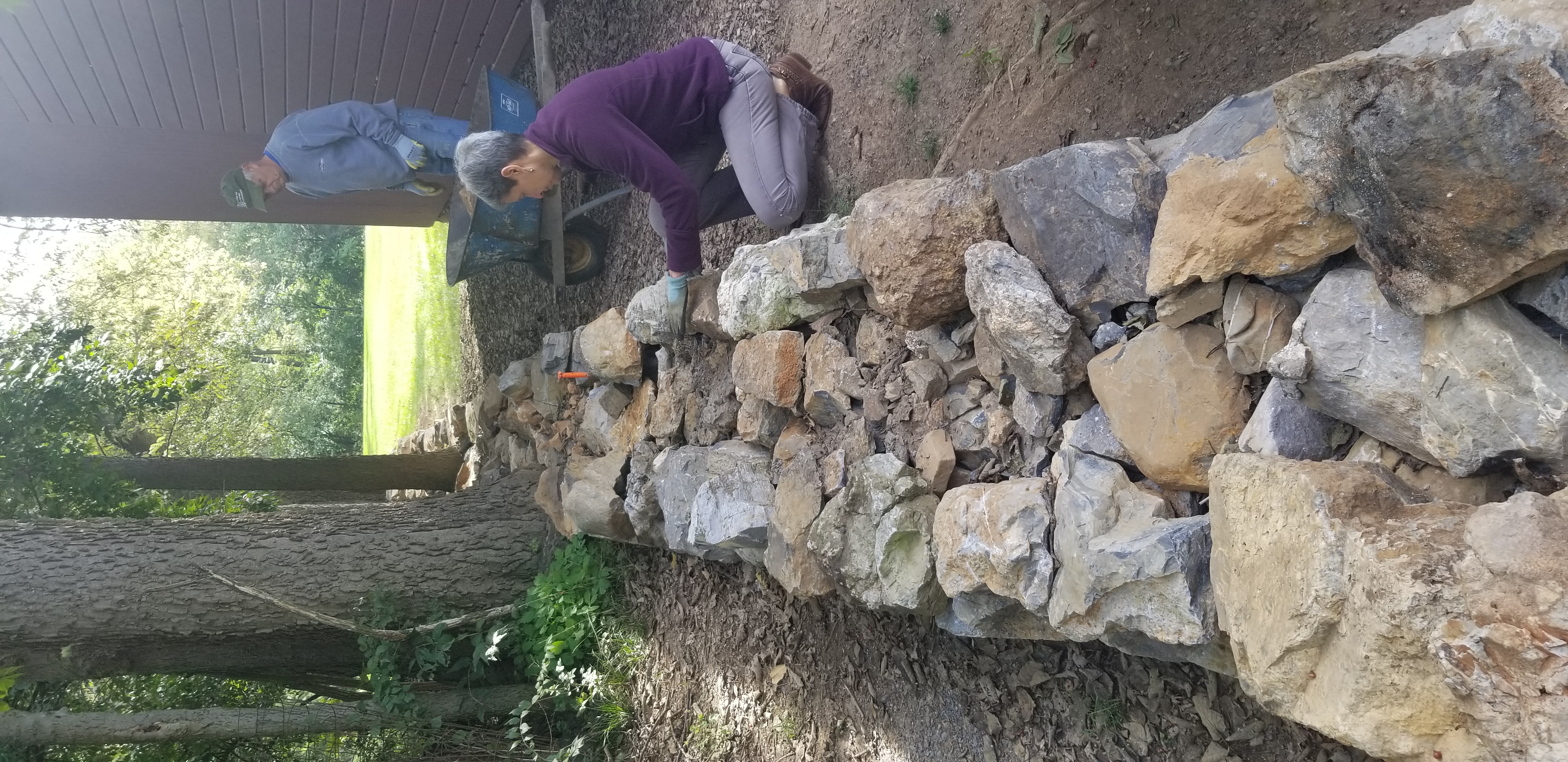
When my family moved to this farmhouse and surrounding green space, there was a small patch of woods at the top of the yard, mostly consisting of the invasive “tree of heaven,” brush, and vines. And in the center of this small patch of woods was a huge pile of rubble, overgrown by weeds and poison ivy. My husband and I decided to clear back the overgrowth, freeing the native trees that were being choked and crowded, and exposing the large pile of rubble, made up mostly of field stone and some old pieces of concrete. We decided that we wanted to make something beautiful from this pile of rubble and began dreaming of building short dry-stack walls at the edges of the woods.
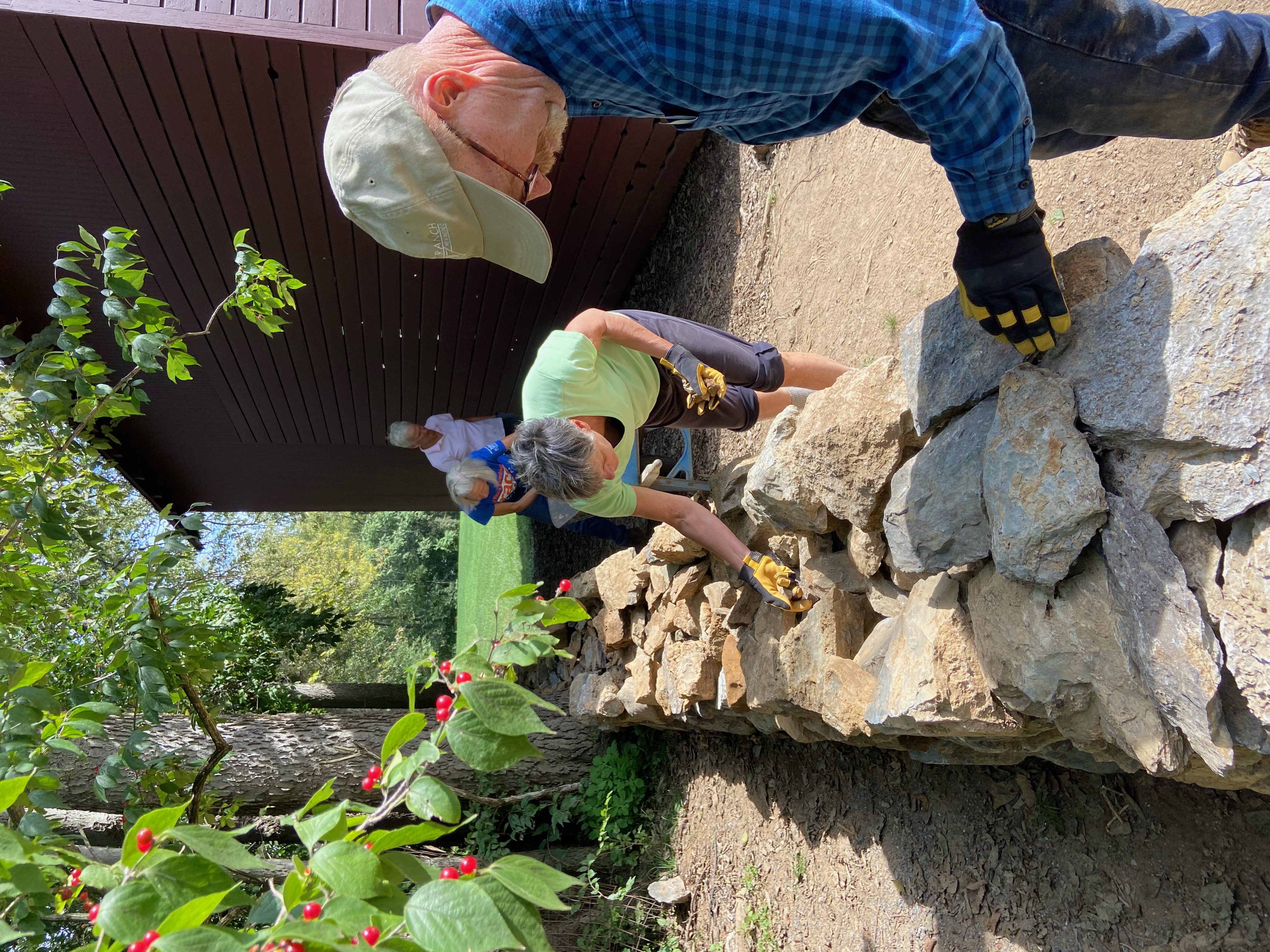
I saw in this pile of exposed rubble what the year 2020 seemed to offer: a laying bare of many ugly truths. First, we learned that we are not as invincible a species that we modern humans had assumed. We learned that diseases can spread rapidly and widely, and that each us is vulnerable. In our nation, we witnessed the murder of George Floyd by the foot and the indifference of white police officers, and many of us saw for the first time the legacy of white supremacy that still exists in many of our institutions and communities. We also witnessed the most divisive presidential election of our time and the rise of hate groups and national terrorism. Our vulnerability as a species, systematic racism, and extremism were just like the rubble in our woods. 2020 was the great unveiling of what has always been. And for many, myself included, these collective wounds brought with them immense grief.
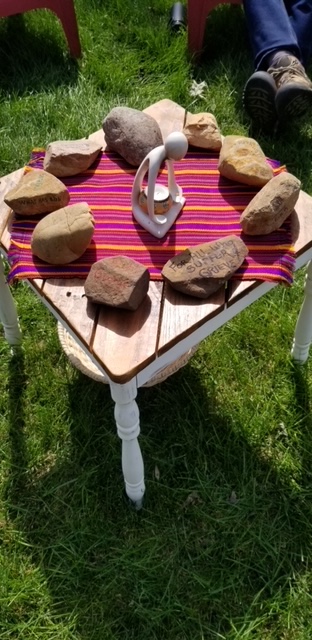
And so with May Boatwright’s wailing wall as our inspiration, and with our own griefs in mind, our group of nine began removing rocks from the pile of rubble and carrying them to our wall site. And as we did, we built something beautiful… a wailing wall that will serve as a space to hold prayers of lament. We fell into a rhythm of work and prayer, moving at our own pace, mostly in silence. Some of us chose to carry one stone at a time, holding a different concern in our hearts with each held rock and releasing it into the wall. Others worked in tandem, filling and emptying wheelbarrows together. We rested when our bodies asked for rest. We drank water when we were thirsty. We found the joy of shared labor, realizing building a wall is like the work of justice… it takes time and requires attentiveness, but is easier and more joyful when many hands work together.
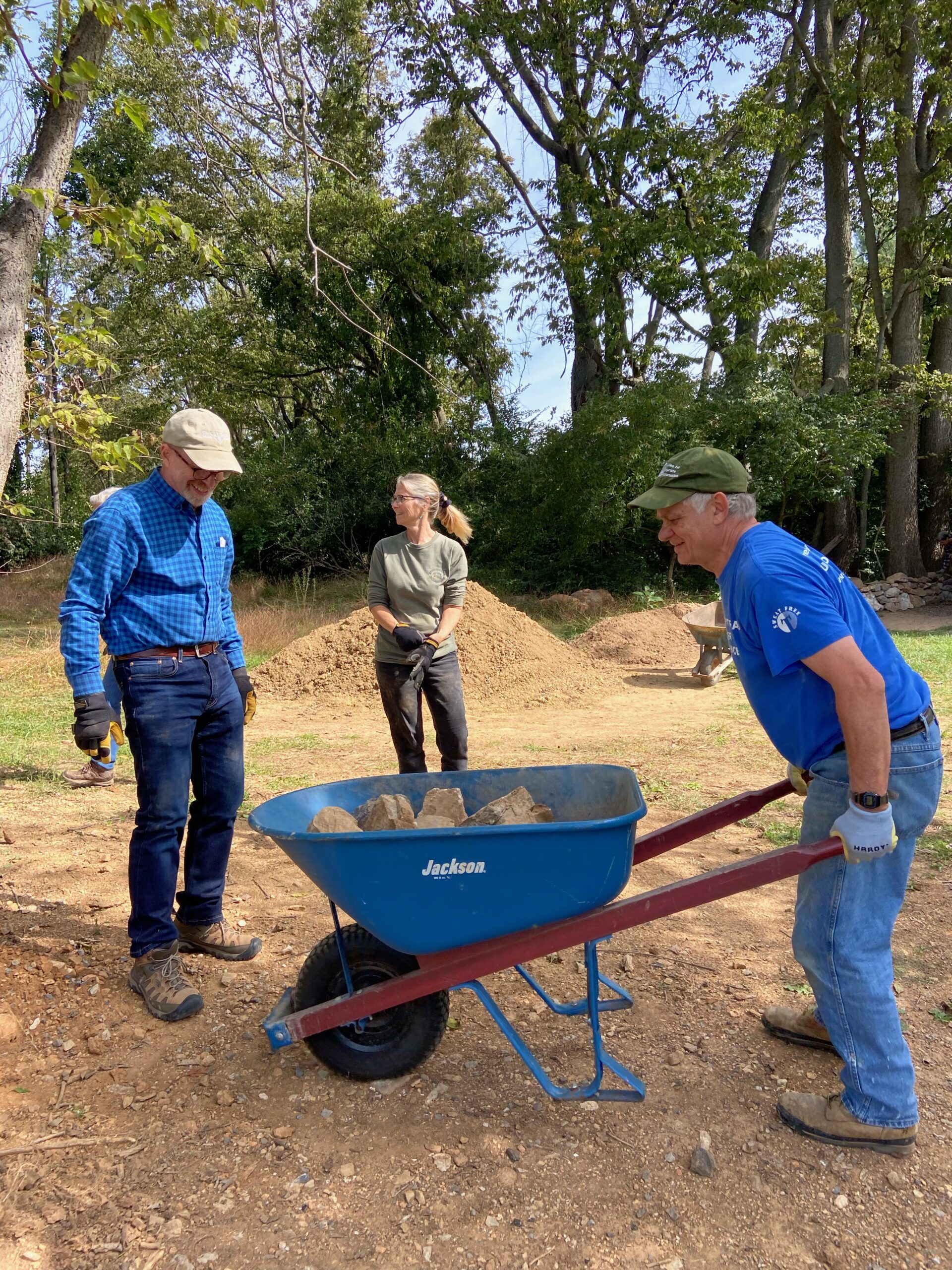
And like the unfinished work of justice or the work of grief, the wall is not yet complete. The pile of rubble, though smaller, still exists. In our world, there is still much to grieve… the loss of loved ones, relationships, jobs, dreams. There is still injustice. But working on this wailing wall brought me back to what I sometimes lose hold of: hope. Everytime I stopped and looked about me, I saw each one doing their small part. I was reminded that all I can do is my part. When we all do our own part, we can really build something beautiful out of a pile rubble, whether that be in our backyards, in our community, or in the world.

May it be so.
